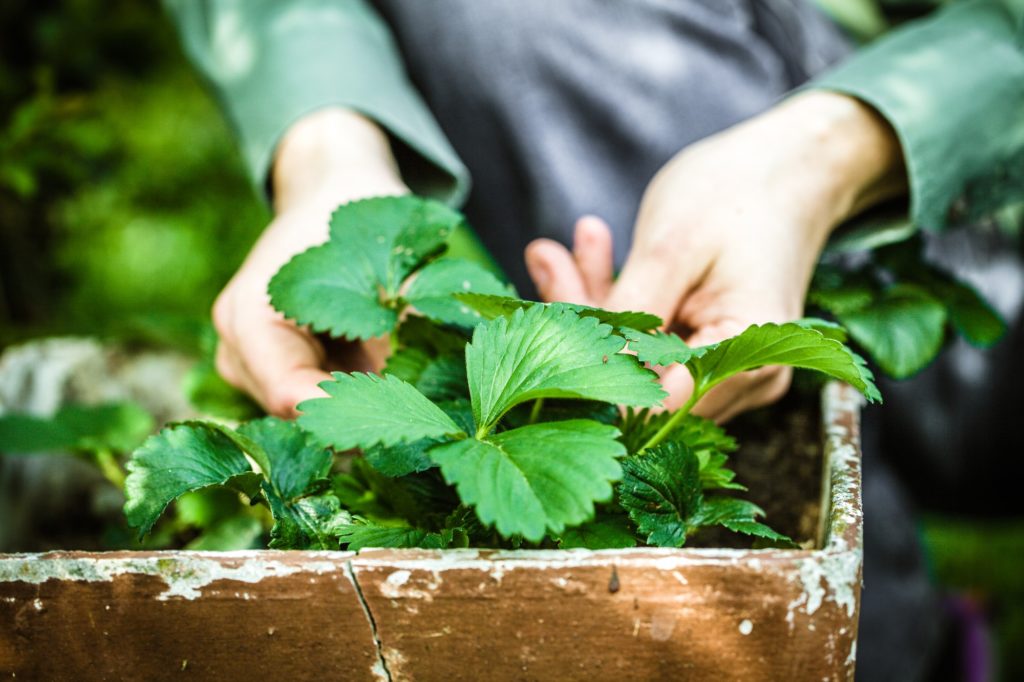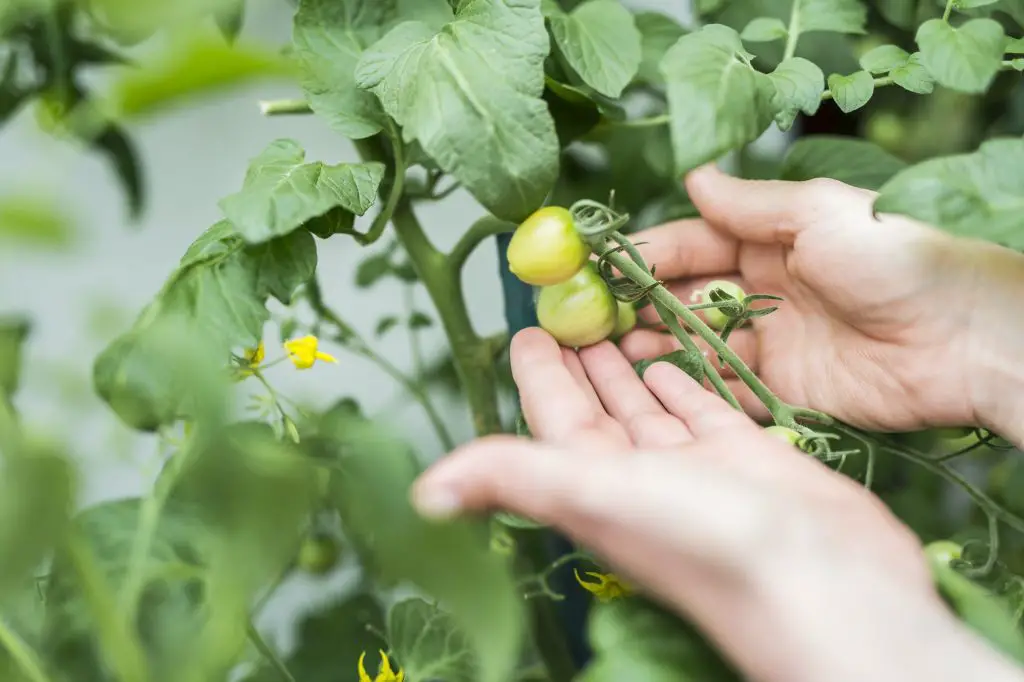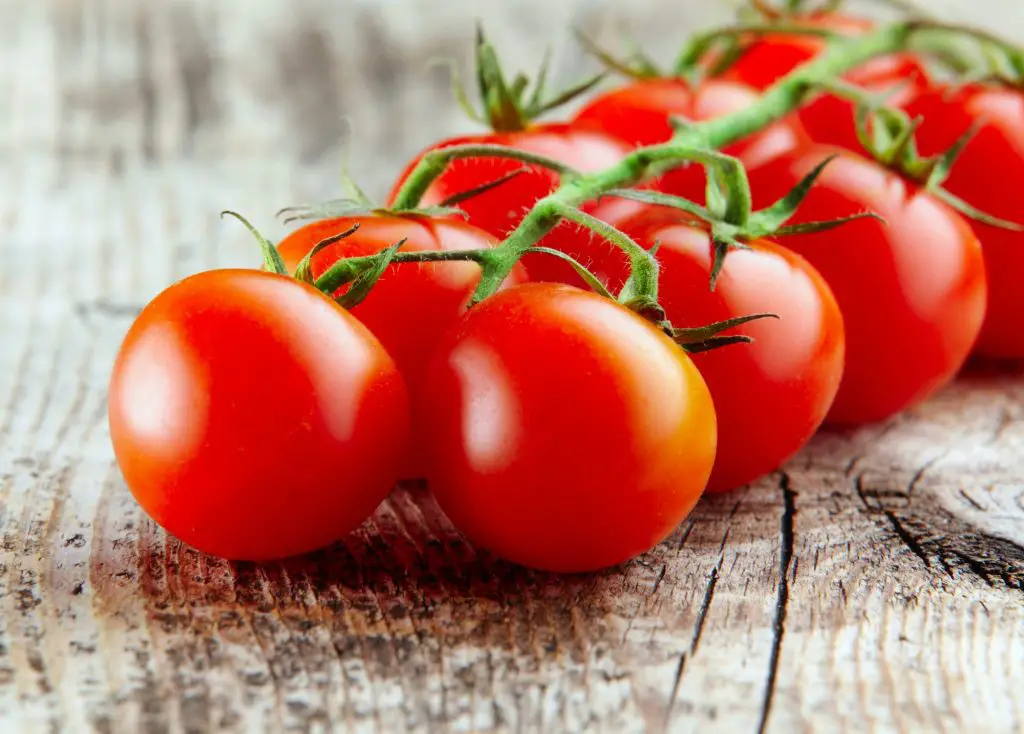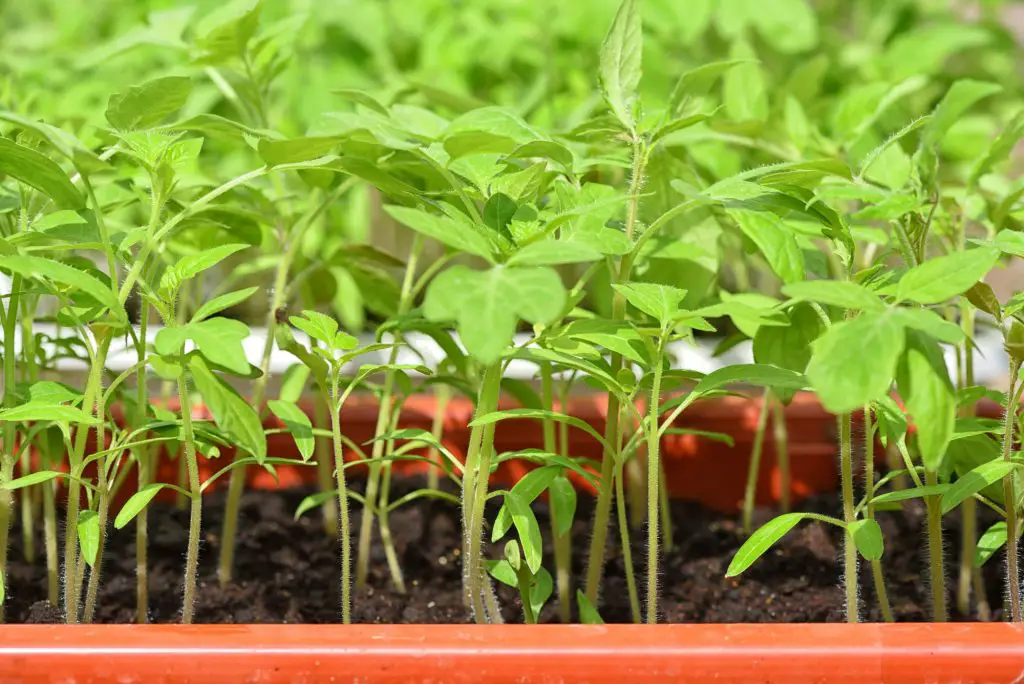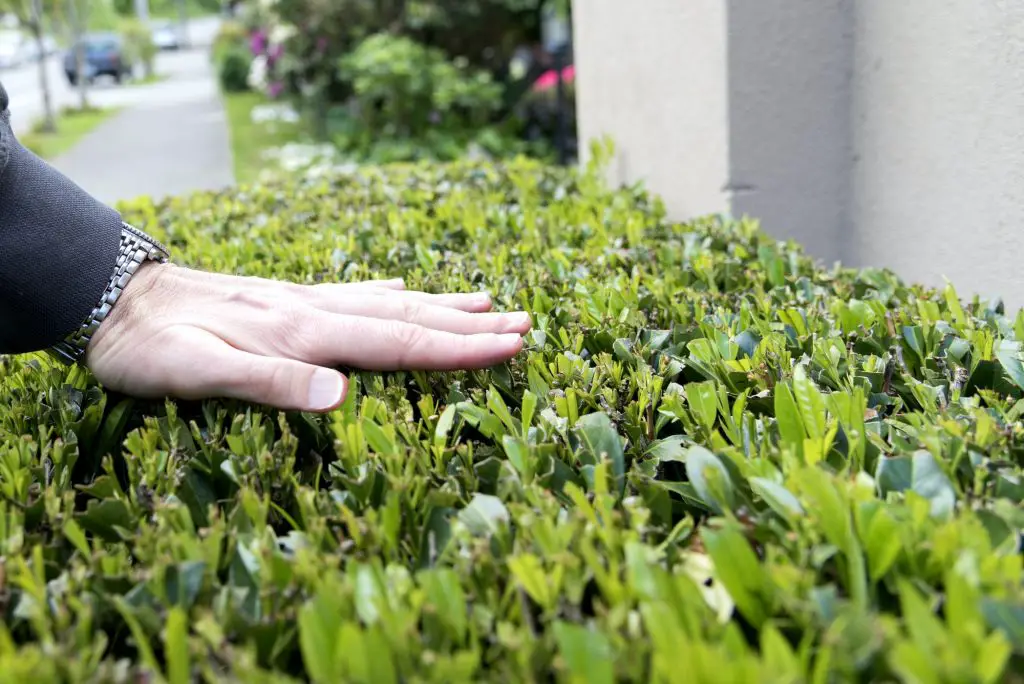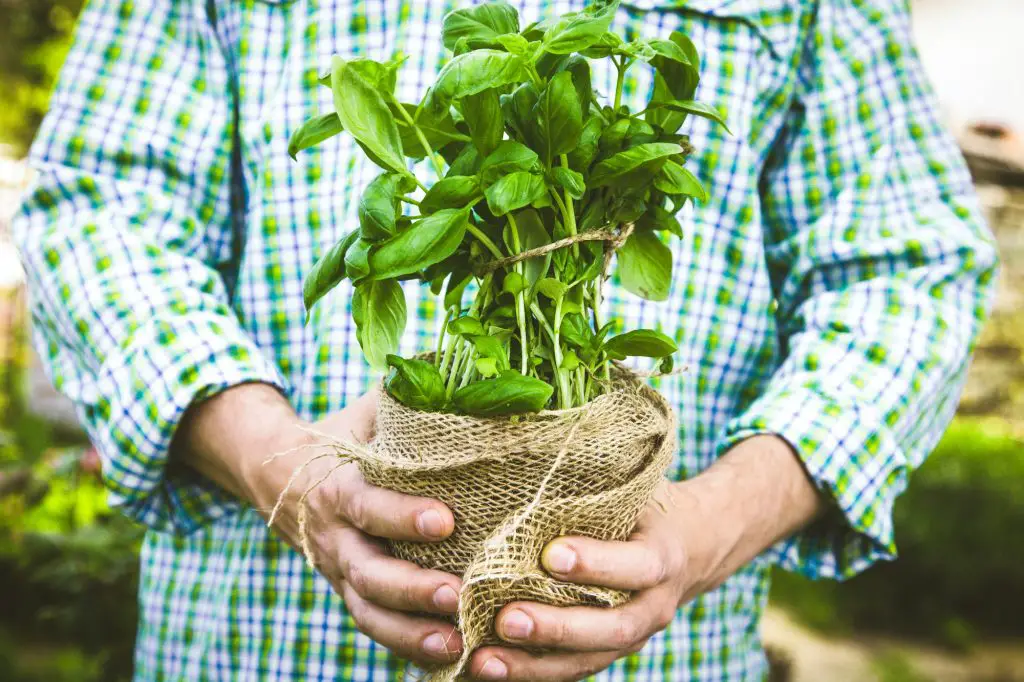Strawberries are an all-time favorite fruit for a lot of people, including farmers. Strawberries have a reputation of being quite easy to grow, regardless of where they are grown, as long as they get full sun. Isn’t this lovely? A lot of people who have tasted strawberries fresh from the garden can testify that it tastes better than their supermarket counterparts.
While it has been established that the strawberry is easy to grow, a lot of things can contribute to the growth and by extension the taste of your strawberry i.e., soil.
The Strawberry plant requires certain nutrients to properly grow. The absence of these nutrients will result in a malnourished strawberry. In recent times, there have been many talks concerning the use of eggshells as fertilizers for some plants and this is true.
However, what nutrients do the eggshells carry, and are they good for strawberries? Moving forward, we will be answering your questions on this.
Table of Contents
Strawberry Plants And Their Nutritional Needs
Garden strawberry is a cultivar of a hybrid plant, known as Fragaria x ananassa. The perennial fruit plant has become one that is popularly grown in gardens, ranging from big to small, and this is a result of how easy it is to grow.
Providing the right nutrients for your strawberry plant is an important aspect of growing and this involves understanding the need of your plant first.
The following are the nutritional need of the strawberry plants to grow.
1. Nitrogen
Nitrogen is a highly important nutrient and its importance is seen in the quality and produce of strawberries. Nitrogen is so important to the strawberry plant that any changes made; positive or negative will affect the plant and its fruits.
Nitrogen helps in the growth of the leaves, petioles, etc. As your plant grows, you might find that the middle-aged leaves have nitrogen deficiency and this is as a result of the transfer of nitrogen from the middle-aged plants to the new ones.
An indication that your plant is deficient in nitrogen is that it begins to turn yellow. Applying fertilizers that are rich in nitrogen will help in righting the wrong that has been done to your plant. However, your plant mustn’t have excessive nitrogen or this will result in another problem.

2. Potassium
Potassium is known as one of the nutritive elements that are required in high amounts by strawberries. Potassium is equally important and helps in getting water from the root and controlling water loss.
It also assists in accumulating sugar in fruits, gets rid of fungal, microbial, and insects damages. The importance of potassium cannot be over-emphasized. An indication of potassium deficiency in your strawberry plants is redness of the tips of older leaves, failure to develop full color by the full color, and flavorless strawberries.
Ensure to apply the potassium before planting.
3. Phosphorus
This is an equally important nutrient for your strawberries. Phosphorus plays an important role in developing fruits. The most effective time for the phosphorus is when the plants are still little, right after transplanting, during the development of the roots.
Although strawberries do not have a high demand for phosphorus, it can be damaging if it is not available at the required measure. It is advisable that gardeners monitor the phosphorus level of their soil/plant even after planting, and this can be done by testing the soil and observing the leaf tissue.
An indication that your plant is deficient in phosphorus is that there is a reduction in the size of the leaf and the leaves begin to get darker. The fruit also begins to grow slowly and is usually smaller than the normal type. Phosphorus must be applied before planting, so it gets to the root, and then transports to other parts.
4. Calcium
Although calcium is classified as a secondary nutrient, according to strawberry requirement rates. The functions of calcium in the strawberry are numerous. It helps in maintaining firmness in the fruit and also influences the shelf life.
Calcium serves as a structural part of the cell walls; it is also known to enhance the plant’s rapid growth. It helps in root development and the movement of carbohydrates in the plant. A calcium-deficient strawberry plant will suffer and grow slowly. The plant will also be open to fungal and bacteria invasion.
These and many more are the nutrients that the strawberry plant requires to grow and produce nourishing fruits.
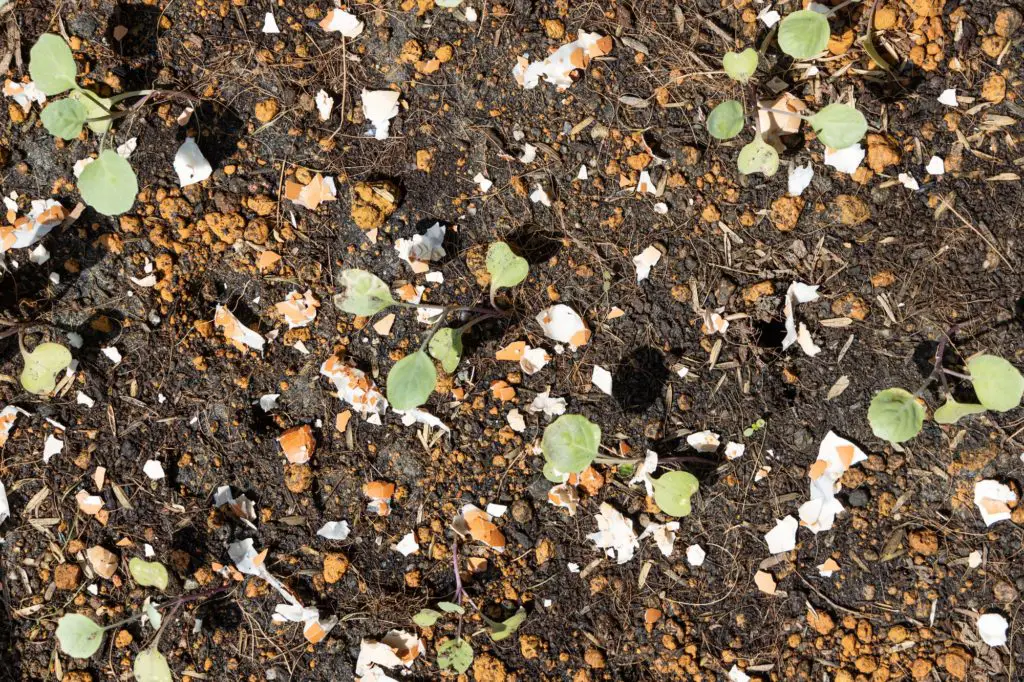
Nutrients That Are In The Eggshell
Although eggshells look insignificant, they contain many nutrients that are beneficial to the growth of many plants. It should also be noted that the eggshell cannot be used for some other plants. This is due to the nutritional requirements of these plants. The eggshell contains the following nutrients.
- Calcium
- Magnesium
- Phosphorus
- Potassium.
Are Eggshells Good For Strawberries?
Yes, the strawberry plant is one of the many plants that can make use of eggshells for growth, and this is because eggshells contain most of the nutrients that are required of the strawberry to grow. Eggshells can be used as fertilizers, for pest control, to repair the soil, and many more.
Final Thoughts
Eggshell for your strawberry plant is a natural way to add the nutrients that the plant needs.
Eggshells can be used for several other plants, especially fruit-producing plants. We recommend that you make use of eggshells as fertilizer for your strawberries or apply them into the soil before planting; this will allow the plant to get the right portion as is required.

